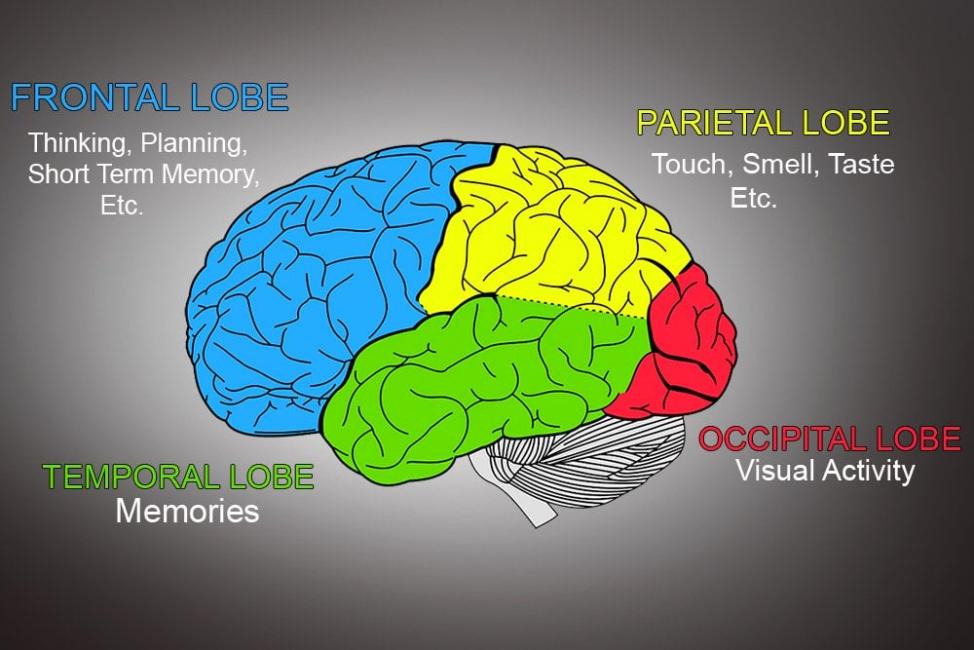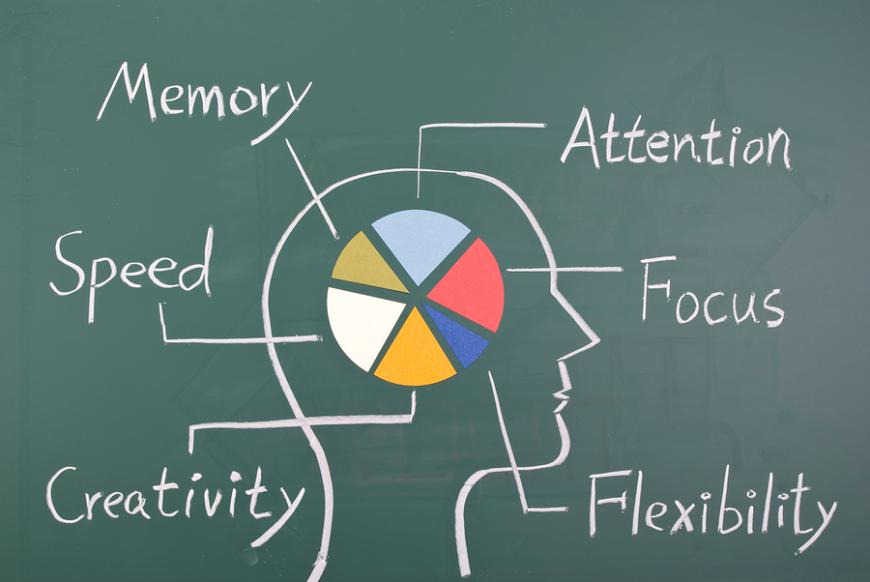What Role Does Neuromarketing Play in Restaurant Marketing Strategies?
The restaurant industry is fiercely competitive, and businesses are constantly looking for ways to stand out and attract customers. In recent years, neuromarketing has emerged as a powerful tool that can help restaurants understand and influence consumer behavior. Neuromarketing is the study of how the brain responds to marketing stimuli, and it can be used to optimize everything from menu design to ambiance.

Understanding Consumer Behavior
One of the most important aspects of neuromarketing is understanding consumer behavior. This includes understanding what motivates consumers to make certain choices, what sensory experiences they find appealing, and how their emotions and memories influence their dining experiences. By understanding these factors, restaurants can create marketing campaigns that are more likely to resonate with consumers and drive sales.
- Sensory Marketing: Sensory marketing is a powerful way to stimulate consumer senses and create a memorable dining experience. This can be done through the use of sight, sound, smell, taste, and touch. For example, a restaurant might use bright colors and bold fonts on its menu to attract attention, or it might play music that is known to evoke positive emotions.
- Emotions and Memories: Emotions and memories play a significant role in consumer behavior. A positive dining experience is more likely to create a lasting memory and encourage repeat business. Restaurants can use neuromarketing techniques to tap into these emotions and memories and create a dining experience that is truly unforgettable.
Neuromarketing Techniques In Restaurant Marketing
There are a variety of neuromarketing techniques that can be used in restaurant marketing. Some of the most common techniques include:
- Eye-Tracking Technology: Eye-tracking technology can be used to track the eye movements of consumers as they interact with a menu or website. This information can be used to determine what elements of the menu or website are most attention-grabbing and which ones are being ignored.
- Facial Recognition Technology: Facial recognition technology can be used to gauge consumer reactions to different marketing stimuli. This information can be used to determine what emotions consumers are experiencing and how they are responding to a particular marketing campaign.
Benefits Of Neuromarketing In Restaurant Marketing
Neuromarketing can provide a number of benefits for restaurants, including:
- Optimized Menu Design: Neuromarketing can be used to optimize menu design and make it more appealing to consumers. This can be done by using eye-tracking technology to determine which items are most attention-grabbing and by using facial recognition technology to gauge consumer reactions to different menu items.
- Improved Pricing Strategies: Neuromarketing can be used to determine how consumers respond to different price points. This information can be used to set prices that are both profitable for the restaurant and appealing to consumers.
- Enhanced Ambiance: Neuromarketing can be used to create an ambiance that is more appealing to consumers. This can be done by using sensory marketing techniques to stimulate consumer senses and by creating a positive dining experience.
Challenges And Ethical Considerations

There are a number of challenges associated with implementing neuromarketing in restaurant marketing. These challenges include:
- Cost: Neuromarketing technology can be expensive to implement.
- Complexity: Neuromarketing studies can be complex and time-consuming to conduct.
- Ethical Concerns: There are ethical concerns related to the use of neuromarketing, such as the potential for manipulation of consumer behavior.
It is important to address these challenges and ethical concerns before implementing neuromarketing in restaurant marketing. By doing so, restaurants can ensure that they are using neuromarketing in a responsible and ethical manner.
Case Studies And Examples

There are a number of restaurants that have successfully used neuromarketing techniques to improve their marketing campaigns. Some of these restaurants include:
- McDonald's: McDonald's has used neuromarketing to optimize its menu design and pricing strategies. The company has also used neuromarketing to create an ambiance that is more appealing to consumers.
- Starbucks: Starbucks has used neuromarketing to understand how consumers respond to different coffee flavors and aromas. The company has also used neuromarketing to create a brand identity that is appealing to consumers.
Neuromarketing is a powerful tool that can be used to understand and influence consumer behavior in the restaurant industry. By understanding how the brain responds to marketing stimuli, restaurants can create marketing campaigns that are more likely to resonate with consumers and drive sales. However, it is important to address the challenges and ethical concerns associated with neuromarketing before implementing it in restaurant marketing.
YesNo

Leave a Reply